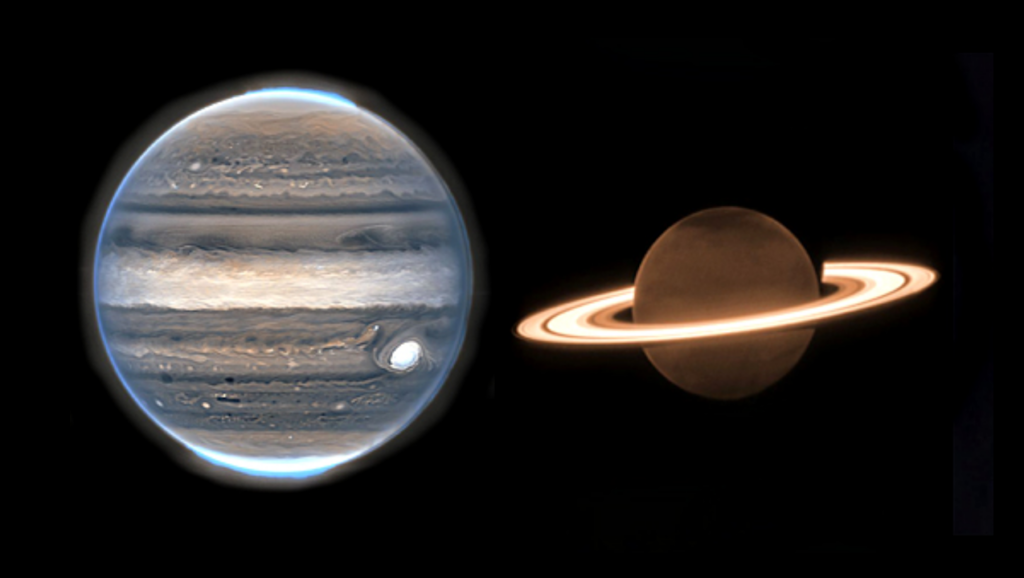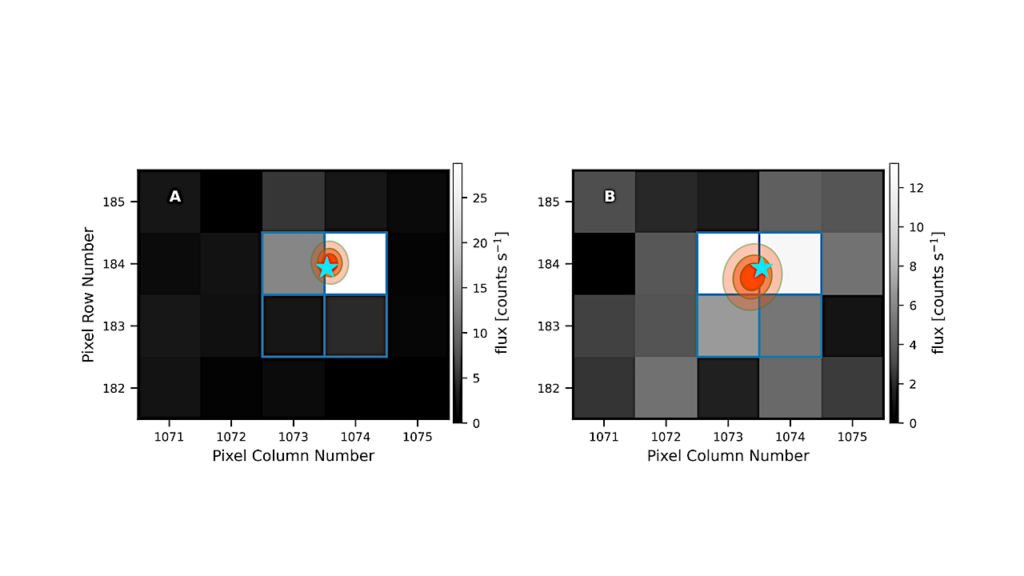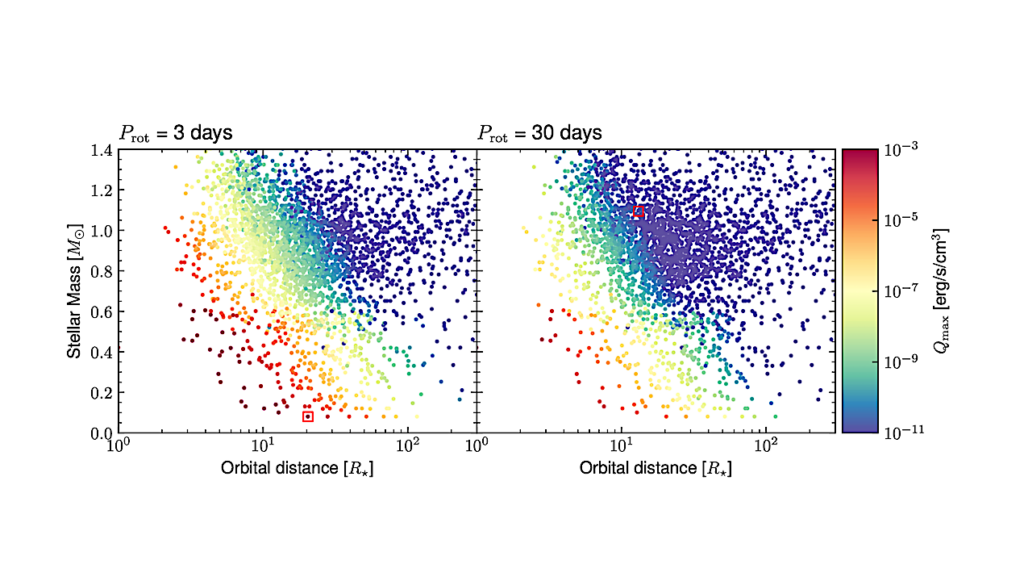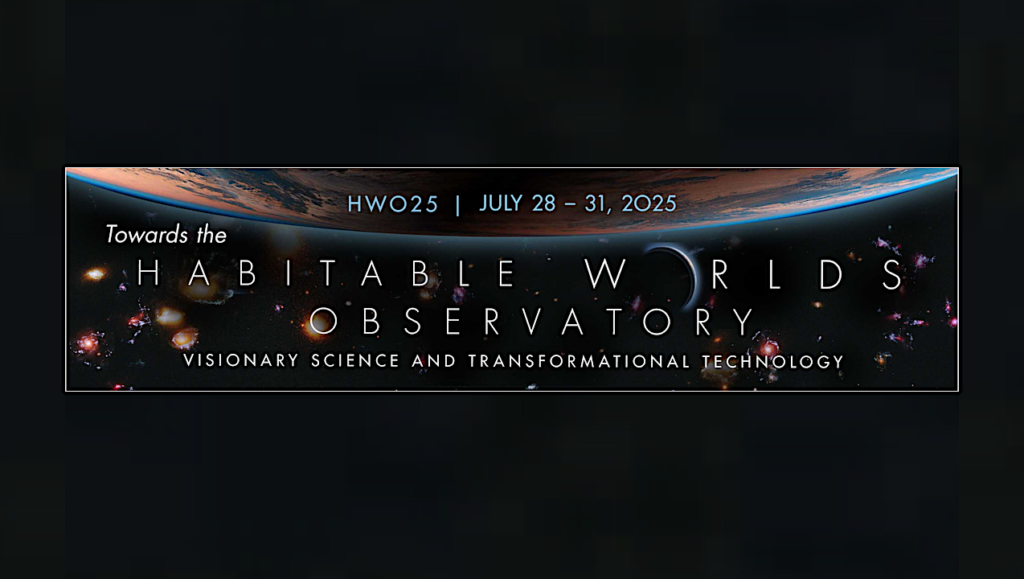Narrow Loophole for H2-dominated Atmospheres On Habitable Rocky Planets Around M Dwarfs
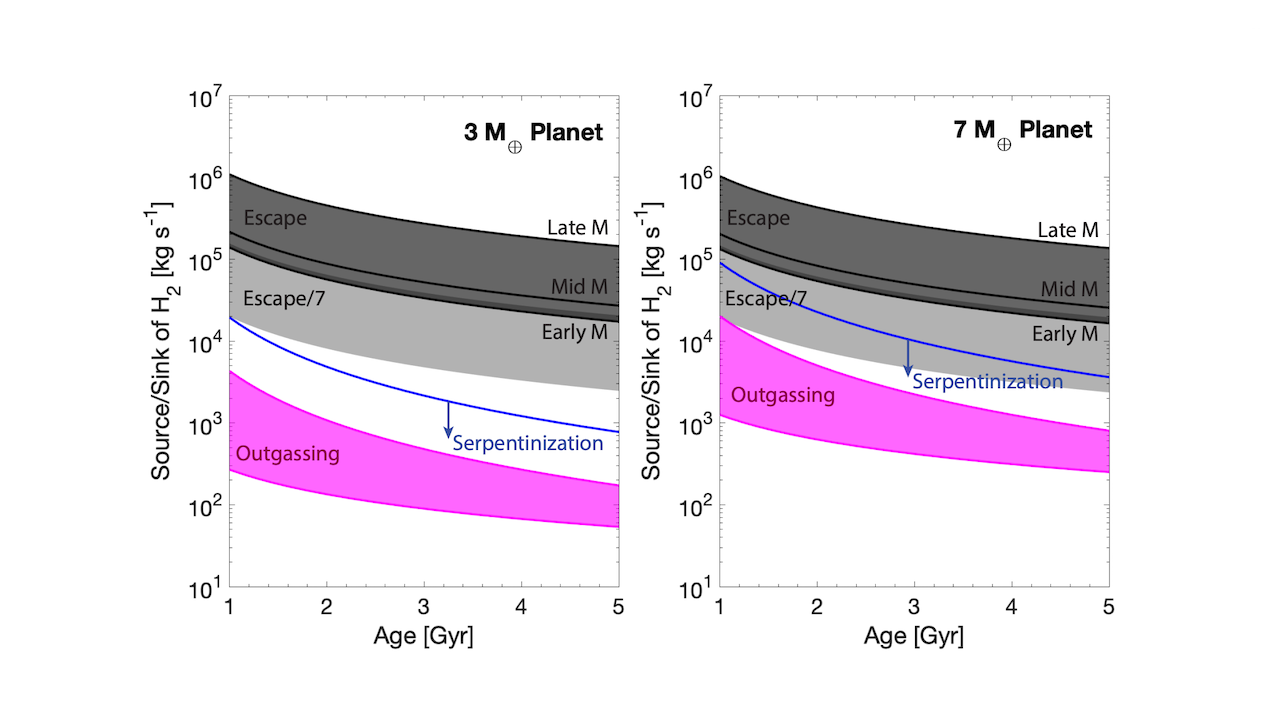
Habitable rocky planets around M dwarfs that have H2-dominated atmospheres, if they exist, would permit characterizing habitable exoplanets with detailed spectroscopy using JWST, owing to their extended atmospheres and small stars.
However, the H2-dominated atmospheres that are consistent with habitable conditions cannot be too massive, and a moderate-size H2-dominated atmosphere will lose mass to irradiation-driven atmospheric escape on rocky planets around M dwarfs. We evaluate volcanic outgassing and serpentinization as two potential ways to supply H2 and form a steady-state H2-dominated atmosphere.
For rocky planets of 1-7 Earth mass and early, mid, and late M dwarfs, the expected volcanic outgassing rates from a reduced mantle fall short of the escape rates by >~1 order of magnitude, and a generous upper limit of the serpentinization rate is still less than the escape rate by a factor of a few.
Special mechanisms that may sustain the steady-state H2-dominated atmosphere include direct interaction between liquid water and mantle, heat-pipe volcanism from a reduced mantle, and hydrodynamic escape slowed down by efficient upper-atmospheric cooling. It is thus unlikely to find moderate-size, H2-dominated atmospheres on rocky planets of M dwarfs that would support habitable environments.
Renyu Hu, Fabrice Gaillard, Edwin Kite
Comments: Accepted for publication in ApJ Letters
Subjects: Earth and Planetary Astrophysics (astro-ph.EP); Solar and Stellar Astrophysics (astro-ph.SR)
Cite as: arXiv:2304.13659 [astro-ph.EP] (or arXiv:2304.13659v1 [astro-ph.EP] for this version)
https://doi.org/10.48550/arXiv.2304.13659
Focus to learn more
Submission history
From: Renyu Hu
[v1] Wed, 26 Apr 2023 16:34:12 UTC (299 KB)
https://arxiv.org/abs/2304.13659
astrobiology


